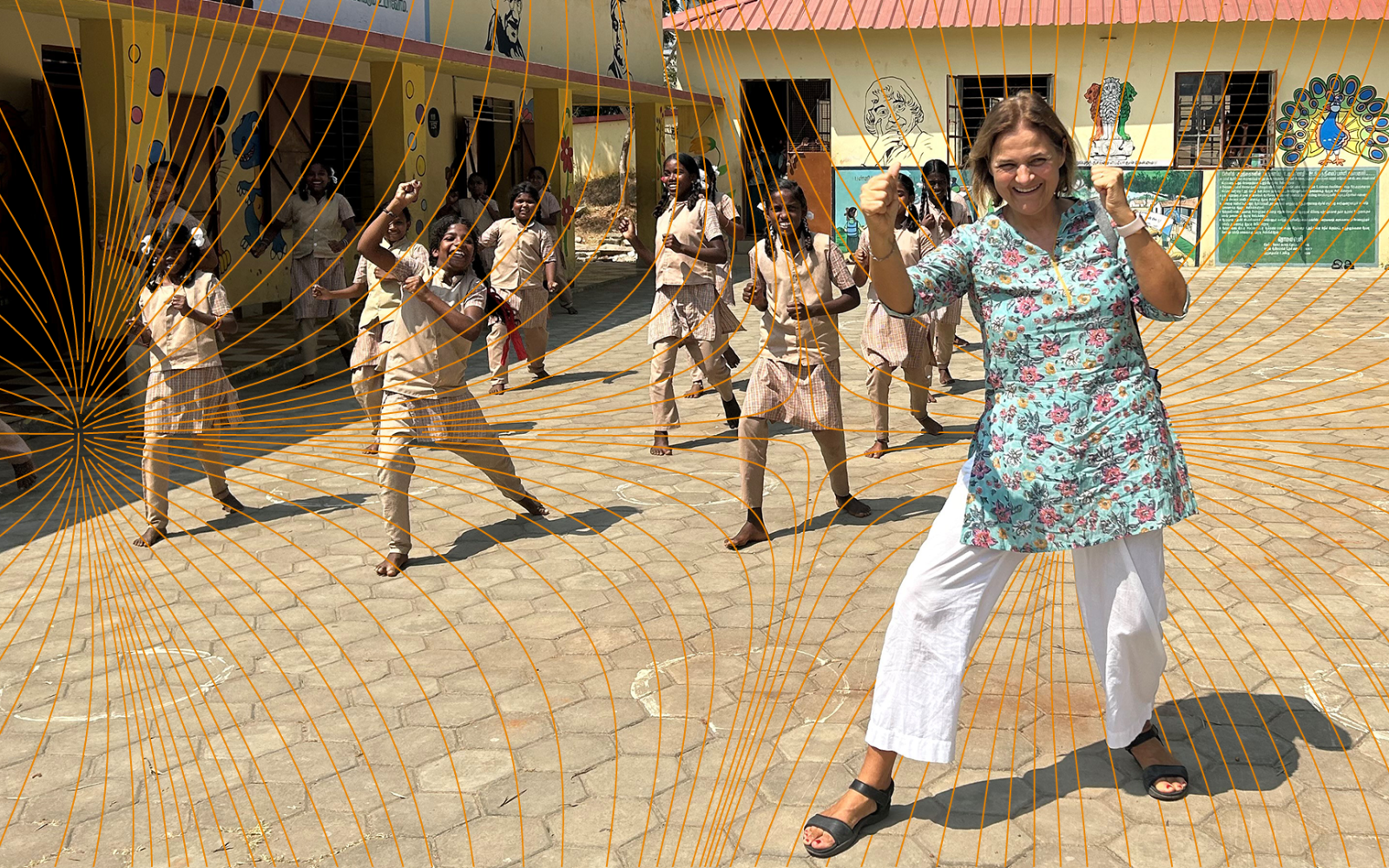Passion and Leadership for a Healthier World
MANUELA PASTORE | ASSOCIATE DIRECTOR OF COMMUNITY ACTIVATION, SUSTAINABILITY & CULTURE AT BOEHRINGER INGELHEIM | GERMANY
Manuela's journey with Boehringer Ingelheim's Making More Health program transformed her career, inspiring her to move away from traditional roles. She launched a leadership initiative for staff across the company, empowering her colleagues and fostering connections between corporate skills and social needs.
